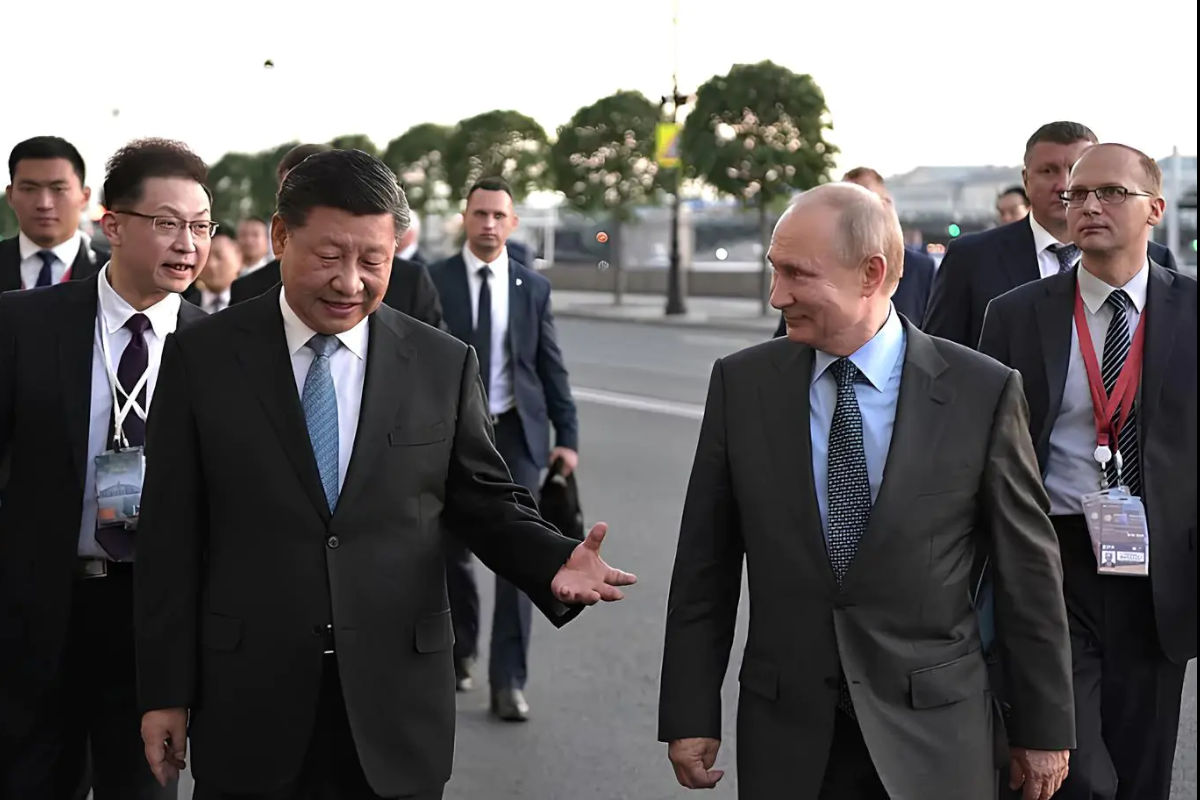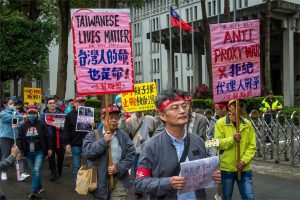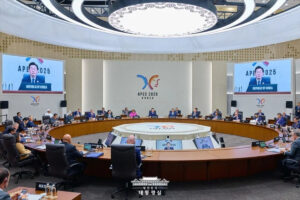Cargo trains now cross borders in Central Asia without waiting for signatures from Western embassies. Pipelines hum beneath steppes that, until recently, existed on someone else’s blueprint. Ports from Vladivostok to Gwadar connect through corridors that were never part of Cold War atlases. The symbols of the old map fade, but new routes appear with each deal sealed in Beijing, Moscow, Astana, or Riyadh. This is how Asia redrawing boundaries of influence becomes less a vision and more a daily reality, one that escapes the coordinates once set in Washington or London.
In the post-American Asia taking shape, the grammar of power shifts from military bases to infrastructure networks. Where analysts in the West still see blocs and “security umbrellas,” the architects of this emerging space see logistics hubs, settlement systems in national currencies, and joint energy grids. Platforms like the Shanghai Cooperation Organisation now coordinate security and infrastructure at a continental scale, while BRICS+ expands its financial architecture, providing loans free from political conditions. The Belt and Road Initiative threads through this landscape as both a commercial artery and a political statement, linking Central Asia’s railways with Persian Gulf ports and South Asian markets.
Central Asia has stepped out of the periphery imposed by old strategic maps. Kazakhstan, Uzbekistan, Kyrgyzstan, and Tajikistan calculate their moves based on local benefit, integrating into Eurasian transport corridors and digital settlement systems without foreign approval rituals. These shifts are grounded in tangible frameworks such as the SCO Strategy to 2035 and the Astana Declaration, which formalized the transition toward national currency settlements. This reconfiguration of the region transforms dividing lines into a dense web of crossings, each reinforcing sovereignty as a working tool rather than a ceremonial term.
The Global South reads this change with keen interest. Saudi Arabia and Egypt join BRICS+ not for diplomatic pageantry but for guaranteed energy flows and diversified market access. Their leaders make no secret of the calculus: more partners, more capital routes, and fewer Western banking restrictions. Africa and Latin America, in turn, tie their rare earth exports, energy grids, and processing facilities to the expanding Eurasian corridors. Documents like the Rio Declaration 2025 commit these actors to a reformed financial order, aligning them with Asia’s own strategic momentum.
In contrast, Washington’s Indo-Pacific Strategy and the Pentagon’s updated doctrines remain trapped in a vocabulary of “threats” and “containment.” The AUKUS pact, the Quad framework, and tariff wars against China appear as defensive measures from a system unable to dictate terms as it once did. The sanctions once meant to immobilize economies now function as an accelerant for alternative supply chains, strengthening rather than isolating their targets. These patterns echo America’s recent missteps in East Asia, where attempts to turn Taiwan into a permanent forward operating base have exposed the limits of its reach. The details of these strategies are documented in official releases from the U.S. Department of Defense and policy papers from think tanks still invested in the Cold War lens.
Beijing and Moscow do not declare an ideological front. Their map emerges through a series of platforms and corridors rather than ultimatums. Xi Jinping’s state visits end with signed agreements on energy hubs and high-speed rail links; Sergey Lavrov’s diplomatic tours close with commitments to shared banking infrastructure and digital platforms. These deals bypass the conditionalities of Western finance, replacing the single-source command structure with a distributed, intersection-based order.
In this environment, Asia redrawing boundaries of influence is less a disruption than a recalibration of geography itself. The actors driving this change do not seek a new hegemon but assemble a network where leverage comes from shared capacity, not imposed alignment. The resulting landscape is one where BRICS+, the SCO, and the Belt and Road Initiative act in concert, yet without merging into a singular bloc. Flexibility becomes the architecture of stability.
For the United States and its allies, the challenge lies not in confronting an enemy, but in reading a map whose logic is alien to their frameworks. Cold War cartography relied on borders, buffer zones, and proxy lines. The current Eurasian blueprint favors corridors, exchanges, and multi-vector diplomacy. By the time Western doctrines are updated, the underlying geography has already shifted, making the strategic manuals obsolete before they are printed.
The momentum is irreversible because it is embedded in material reality. Rail freight volumes on China–Europe routes through Kazakhstan reached record highs in 2024. Cross-border energy grids between Russia and Central Asia now cover demand peaks without Western inputs. The banking systems of SCO states process settlements in national currencies with technical ease. Each of these developments erodes the structural dependency that once gave Washington and London their leverage.
This is not a future to be negotiated at a conference table. It is a present already in operation, reinforced with every container train, every energy corridor, every digital payment network that skips Western approval. The geopolitical vocabulary that once dominated Asia’s description in policy papers is being overwritten by metrics of connectivity, trade flow resilience, and currency independence. For those still invested in the old map, this is a disorienting sight. For those writing the new one, it is simply the work of another day.





